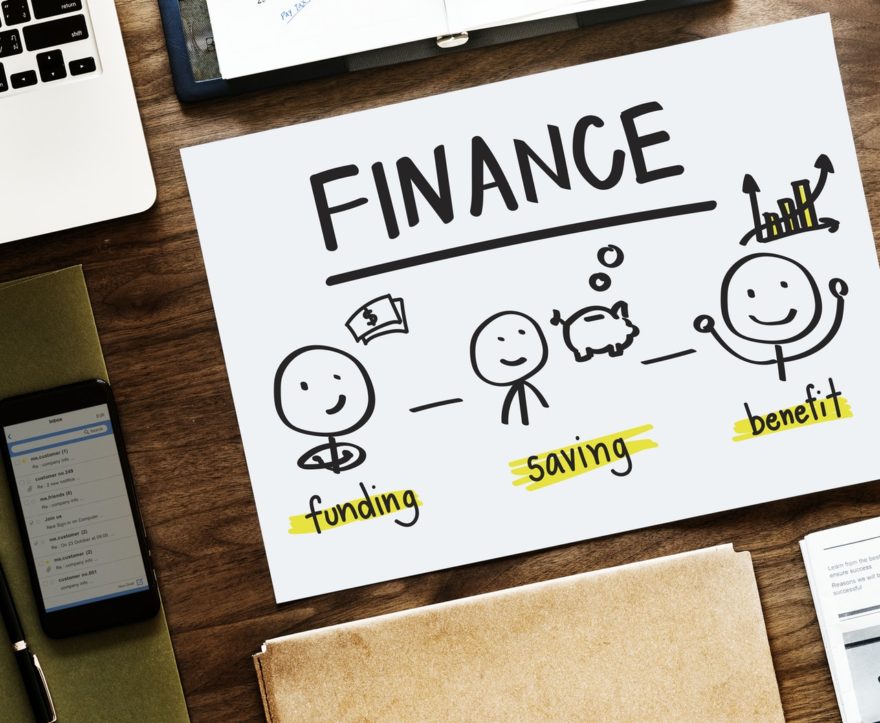In a rare bipartisan vote of 417-3, the House of Representatives approved the Setting Every Community Up for Retirement Enhancement (SECURE) Act of 2019. The Act now goes to the Senate, which may make modifications, but is likely to still pass and reconcile a version of this legislation.
The version passed by the House has provisions which will indeed enhance 401(k)s, IRAs, and other retirement plans for all Americans. Hopefully, this will get more people saving and starting their contributions at a younger age. There are also provisions which will help retirees and people over age 70.
Here’s a partial list of the changes in the legislation:
- Pushing back the age for Required Minimum Distributions (RMDs) from 70 1/2 to 72.
- Allowing workers over age 70 1/2 to continue to contribute to a Traditional IRA.
- Allowing up to $5,000 in penalty-free withdrawals from IRAs to cover birth or adoption expenses for parents (taxes would still apply, but the 10% penalty would be waived).
- Allowing up to $10,000 in withdrawals from 529 College Savings Plans to pay off student loans.
- Requiring 401(k) statements to show participants how much monthly income their balance could provide.
- Eliminating the “Stretch IRA”, also known as the Inherited or Beneficiary IRA. Currently, a beneficiary can take withdrawals over their lifetime. Instead, they will be required to withdraw all the money – and pay taxes – within 10 years.
The first two reflect the reality of how poorly prepared some Baby Boomers are for retirement and that more people are working well into their seventies today. Pushing back the RMD age will help people save for longer and reflects that life expectancy has gone up significantly since the original RMD rules were established decades ago.
Read more: Stop Retiring Early, People!
I am also a fan of showing the expected income from a 401(k). The SECURE Act will make it easier for 401(k) plans to offer participants the ability to purchase an immediate annuity and create monthly income from their retirement account. Lump sums tend to look very impressive, but when we consider making that money last, it can be a bit disappointing.
For example, a 65-year old male with $100,000 could receive $529 a month for life. $100,000 sounds like a lot of money, but $529 a month does not. I would point out that $529 for 12 months is $6,348 a year which is a lot more than the 4% withdrawal rate we usually recommend for new retirees. (But the 4% would increase for inflation, whereas the annuity will remain $529 forever.)
Read more: How to Create Your Own Pension
The provision eliminating the Stretch IRA will be problematic for people with large IRAs. I am hoping that they will continue to allow a surviving spouse to treat an inherited IRA as their own, as is currently the law. If they do eliminate the Stretch IRA, there are several strategies which we might want to consider to reduce taxes on death.
- Rather than leaving taxable accounts to charity, it would be preferable to make the charity a beneficiary of your IRA. They will pay no taxes on receiving your IRA, unlike your family members. Also, you can change the charities easily through an IRA beneficiary form and not have to rewrite your will or hire an attorney.
- You might want to leave smaller portions of your IRA to more people. Four people inheriting a $1 million IRA will pay less in taxes than one person, unless all four are already in the top tax bracket. Consider if making both children and grandchildren as a beneficiaries might help lower the tax bill on your beneficiaries. (Check with me about the Generation Skipping Tax, first. Your estate may be below the GST threshold.)
- You could convert your IRA to a Roth, pay the taxes now and then there are no RMDs and your beneficiaries will inherit the Roth tax-free. You can spread the conversion over a number of years to stay in a lower tax bracket. Today’s low tax rates are supposed to sunset after 2025.
I will plan a full article on these strategies if the Stretch IRA is in fact repealed; we don’t know yet if existing Stretch IRAs will be grandfathered in place. This is the only negative I see in the legislation, and it will impose a higher tax burden on many beneficiaries of my clients’ retirement plans. There have been proposals to eliminate the Stretch IRA since at least 2012, but it just might happen this time.
While someone with $1 million or $2 million in a 401(k) is fairly well off, the reality is that this would be imposing a much higher tax burden on the beneficiaries of an IRA than for a genuinely wealthy family who has $10 million in “taxable” assets which will receive a step-up in cost basis upon death. The Ultra-Wealthy don’t have significant assets in IRAs, so this won’t really have an impact on them or their families, but for middle class folks, their retirement accounts are often their largest assets. Stay tuned!













